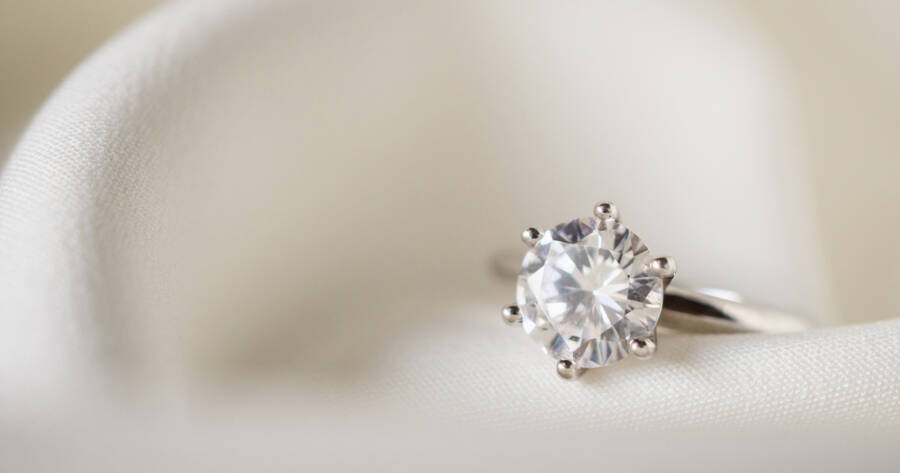Lab-created diamonds have revolutionized the jewelry industry, offering a sustainable, ethical, and cost-effective alternative to natural diamonds. These man-made gemstones possess the same physical, chemical, and optical properties as mined diamonds, making them virtually indistinguishable to the naked eye. But how do their prices and value compare to their natural counterparts? Dive into the world of lab-created diamonds and uncover what you need to know.
What Are Lab-Created Diamonds?
Lab-created diamonds, also known as synthetic or lab-grown diamonds, are formed in controlled laboratory environments using advanced technology that replicates the natural diamond-growing process. There are two primary methods for creating these gems:
- High Pressure, High Temperature (HPHT): Mimics the extreme heat and pressure found deep within the Earth.
- Chemical Vapor Deposition (CVD): Uses a carbon-rich gas to form diamond crystals layer by layer.
Both methods produce diamonds that are chemically and structurally identical to those mined from the Earth, meaning they exhibit the same brilliance, hardness, and durability.
Prices of Lab-Created Diamonds
1. More Affordable Than Natural Diamonds
One of the most appealing aspects of lab-created diamonds is their price. On average, lab-grown diamonds cost 80-95% less than their natural counterparts. This price difference stems from the streamlined production process, which eliminates the extensive mining, transportation, and environmental impact associated with natural diamonds.
For example:
- A 2-carat natural diamond might cost around $30,000.
- A 2-carat lab-created diamond of similar quality could range between $1,500 and $2,000.
2. Transparency in Pricing
Lab-grown diamonds often come with greater pricing transparency. Retailers typically provide detailed information about the diamond’s origin and production process, making it easier for consumers to understand what they’re paying for.
3. Factors Affecting Price
Like natural diamonds, lab-created diamonds are priced based on the “4 Cs”: cut, clarity, color, and carat weight. Higher-quality stones will command higher prices, though they remain significantly more affordable than comparable natural diamonds.
Value of Lab-Created Diamonds
1. Ethical and Environmental Benefits
One of the biggest draws of lab-created diamonds is their ethical and sustainable value. Unlike natural diamonds, they are not associated with environmentally harmful mining practices or human rights concerns, making them a guilt-free choice for conscientious consumers.
2. Durability and Longevity
Lab-created diamonds are just as durable as natural diamonds, with a hardness of 10 on the Mohs scale. This ensures they retain their beauty and brilliance over time, offering long-term value.
3. Resale Value
While lab-created diamonds offer exceptional value at purchase, their resale value is generally lower than that of natural diamonds. This is due to the increasing supply and lower perceived rarity. For those prioritizing investment, natural diamonds may hold their value better.
Who Should Consider Lab-Created Diamonds?
Lab-created diamonds are ideal for consumers looking for high-quality, affordable gemstones without compromising on ethics or sustainability. Whether for engagement rings, jewelry collections, or other accessories, these diamonds provide a brilliant and modern option.
The Future of Luxury: Shining Bright with Lab-Created Diamonds
Lab-created diamonds are transforming the jewelry industry by offering an accessible, ethical, and environmentally friendly alternative to mined diamonds. With their lower prices, identical quality, and sustainable origins, they are an attractive choice for modern consumers. While they may not hold the same resale value as natural diamonds, their appeal lies in their affordability and responsible production. As demand for sustainable luxury continues to grow, lab-created diamonds are shining brighter than ever.

